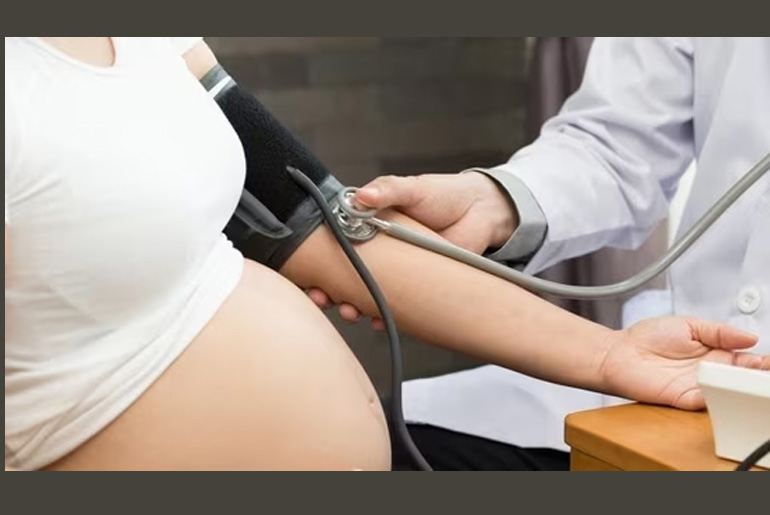Pre-eclampsia is a dangerous condition characterized by high blood pressure during pregnancy, leading to numerous deaths worldwide annually. Despite its prevalence, the specific cause of pre-eclampsia remains elusive, resulting in a lack of targeted treatments. Vesna D. Garovic, a nephrologist at Mayo Clinic, has dedicated her research to understanding this pregnancy complication. Her work reveals a potential connection between pre-eclampsia and accelerated aging, shedding light on its mechanisms and potential future treatments.
“Even after delivery, women can have dangerously high blood pressure for many days or weeks,” she states. “And they remain at an elevated risk for cardiovascular and kidney disease decades later.”
Most research on pre-eclampsia revolves around its origin in the placenta. The prevailing theory suggests that molecules secreted by the placenta trigger inflammation and interfere with blood vessel formation, causing systemic health issues in pregnant individuals.
Dr. Garovic, however, proposed that senescence (cellular aging) could be linked to pre-eclampsia. Senescent cells stop dividing but remain in the body, releasing harmful molecules. Through studies involving patients’ data and samples, Dr. Garovic demonstrated that women who experience pre-eclampsia show signs of accelerated aging, leading to a higher number of chronic conditions and earlier disease onset in their lives compared to those without pre-eclampsia history.
For decades, researchers had noticed that placentas delivered from preeclamptic pregnancies often bore signs that they were aging faster than placentas delivered from normal pregnancies: “However, it was counterintuitive to say that pre-eclampsia was a disease of aging if you’re looking at somebody who’s 25 years old,” Dr. Garovic states.
Collaborating with experts in cellular senescence, she found that women with pre-eclampsia experience accelerated aging during pregnancy, evidenced by epigenetic clocks that gauge biological aging. This measurement showed that these women aged approximately 2.4 years faster during their pregnancies than those without the condition.
“For women who have had pre-eclampsia, their blood pressure needs to be monitored, their cholesterol needs to be checked, their kidney function needs to be followed,” she states. “We need to keep track of their BMI and weight and try to manage lifestyle modifications and their health long-term.”
Dr. Garovic’s research aims to unlock potential treatments by targeting senescent cells. Though specific medications for pregnant individuals are not yet available, her work highlights the importance of understanding the link between pre-eclampsia and aging-related health issues. These findings are already influencing guidelines for screening and treating at-risk women, with the ultimate goal of improving outcomes and saving lives. As a member of a working group for the American Heart Association, Dr. Garovic contributed to a scientific statement emphasizing the need for further research to safeguard women from complications related to hypertensive pregnancies and potential post-pregnancy consequences.
Disclaimer:
The information contained in this article is for educational and informational purposes only and is not intended as a health advice. We would ask you to consult a qualified professional or medical expert to gain additional knowledge before you choose to consume any product or perform any exercise.








